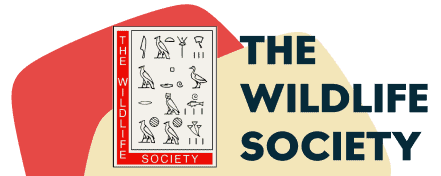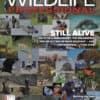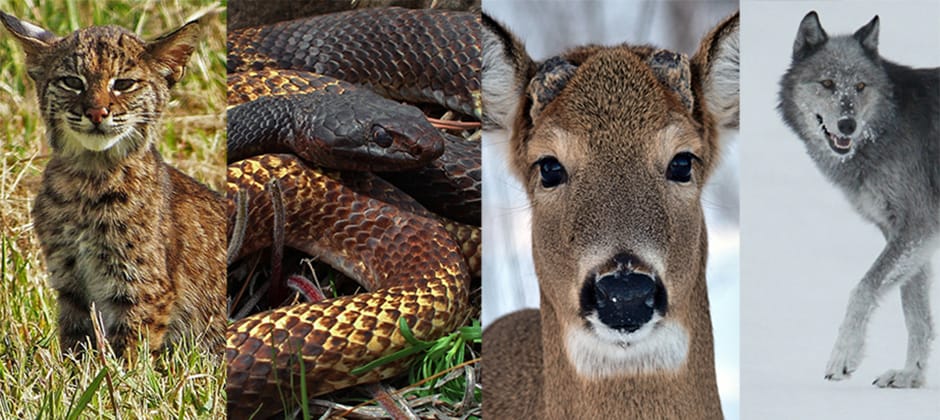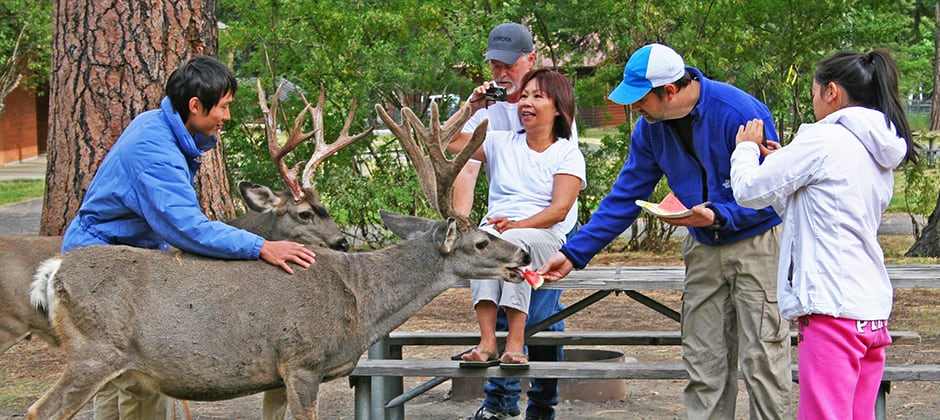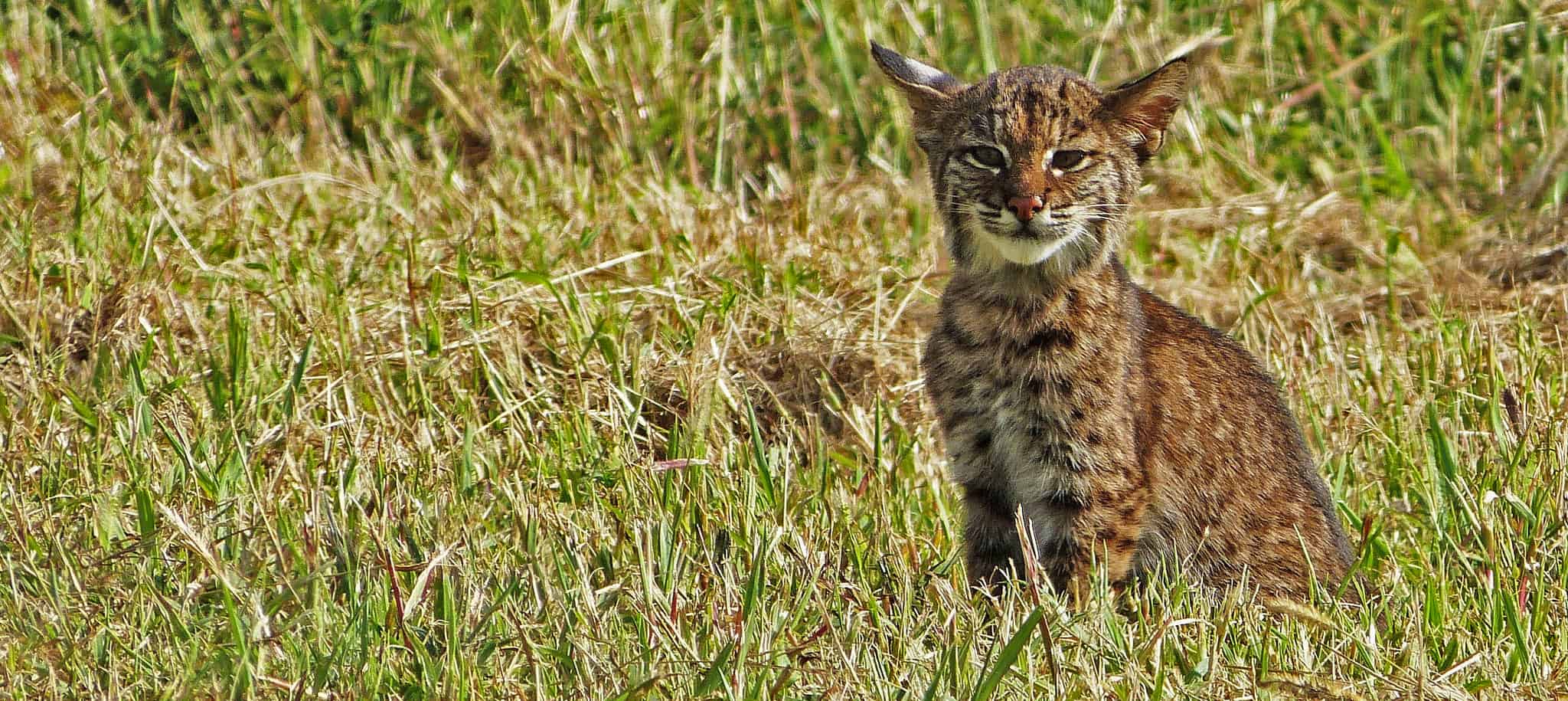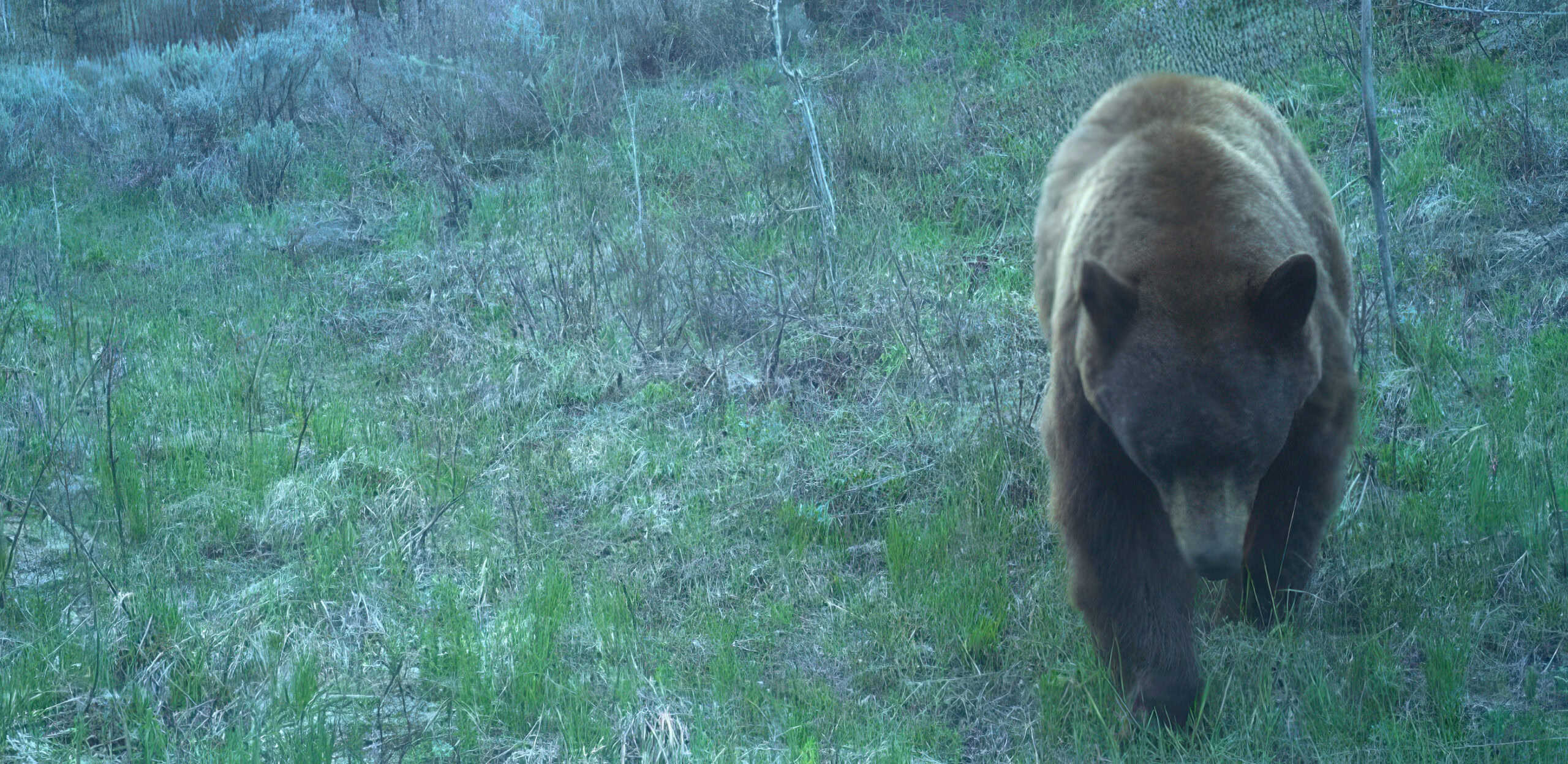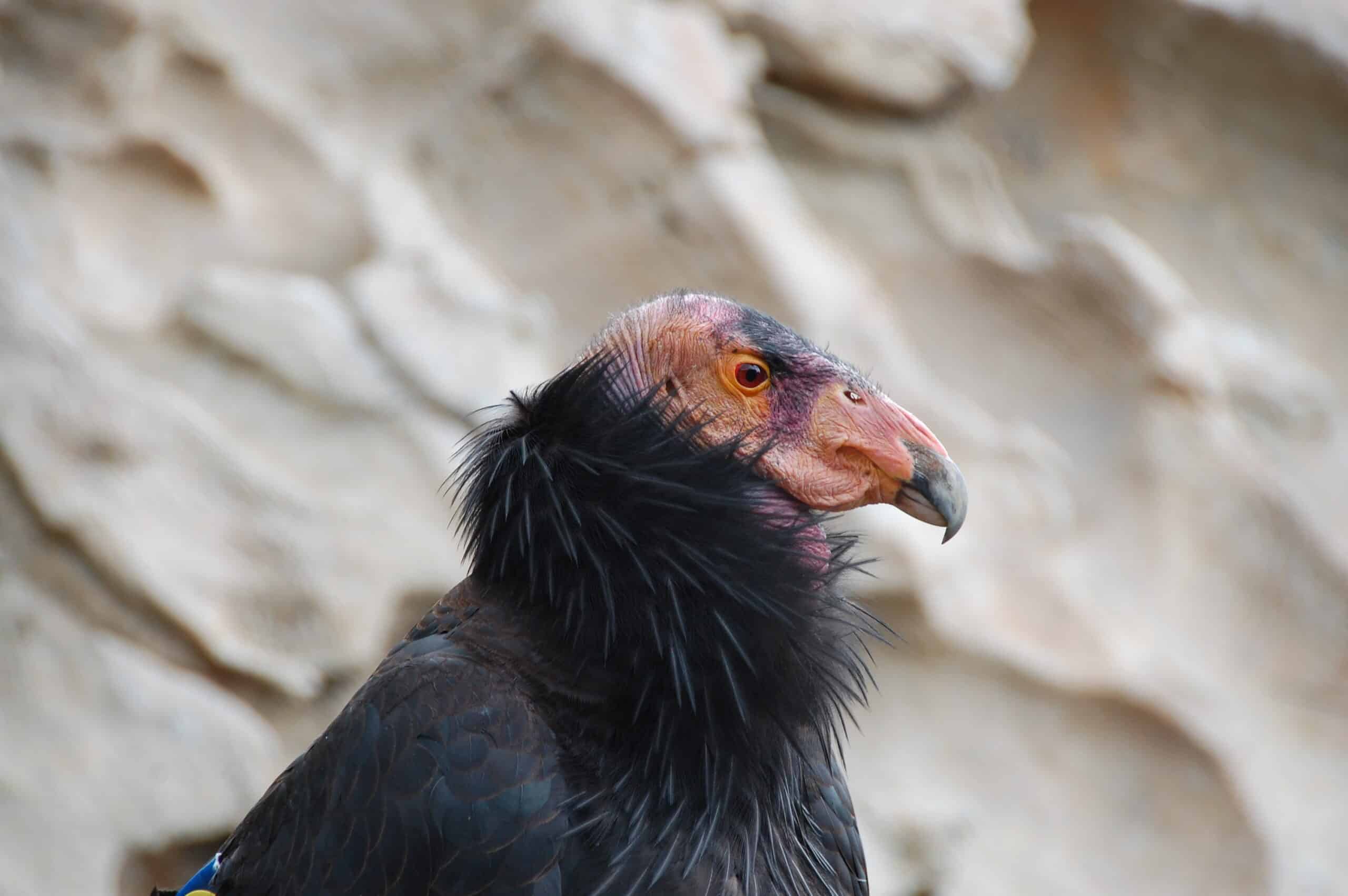Share this article
Tied-up snakes to targeted reindeer: Our top stories of 2019
Confusion between lynx and bobcats, snakes tied into knots and wildlife diseases affecting deer, frogs and turtles reached the forefront of reader interest in 2019 at The Wildlife Society.
As the year comes to a close, we’ve sifted through hundreds of stories about wildlife management, conservation, science and Society news to find which stories were the most popular among our readers over the past year. Here’s a list of 2019’s most-read stories on wildlife.org.
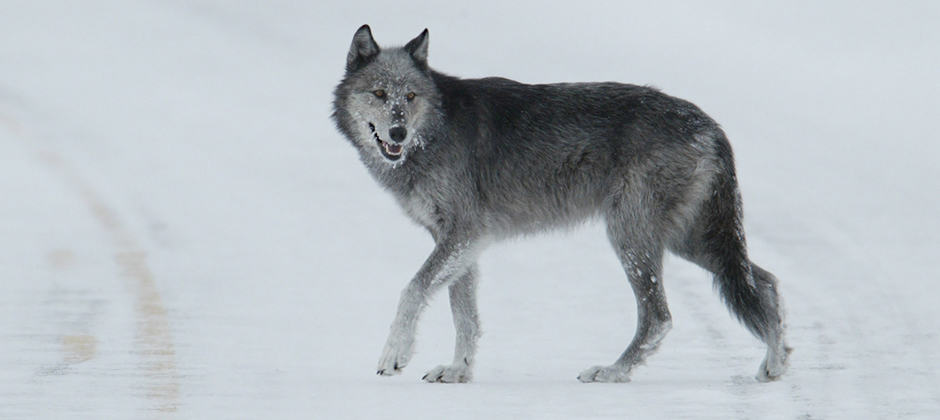
©Yellowstone National Park
TWS member Douglas Smith used some of his furloughed time as a government employee to write a perspective piece in the Washington Post about observing a gray wolf (Canis lupus) up close and personal in Yellowstone National Park. The experience changed his attitude about the importance of science communication.
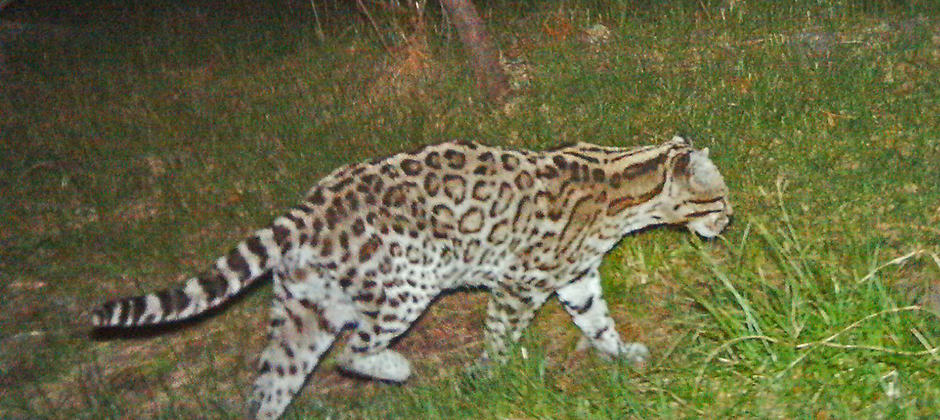
©Tom Smylie/USFWS
Few ocelots (Leopardus pardalis) are left in Texas, and those that remain may blink out in the next 50 years without an “ecologically equivalent ‘Manhattan Project’ for ocelot recovery,” according to TWS member Michael Tewes. Ranches and private land provide great opportunities for conservation of the elusive cats.
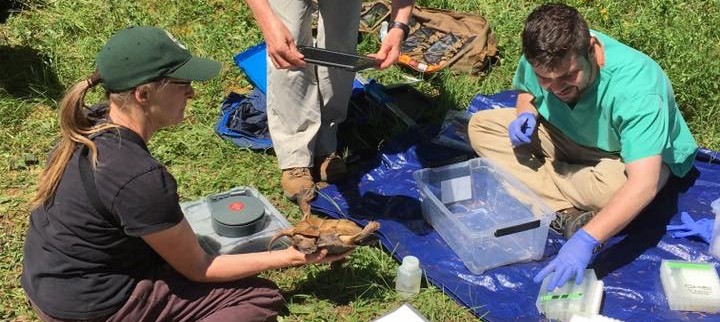
©Dan Woodburn
Researchers have isolated the fungus responsible for a newly discovered shell-eating disease in turtle species. The fungus, predominantly found in captive populations, may be affecting the recovery of re-released individuals.
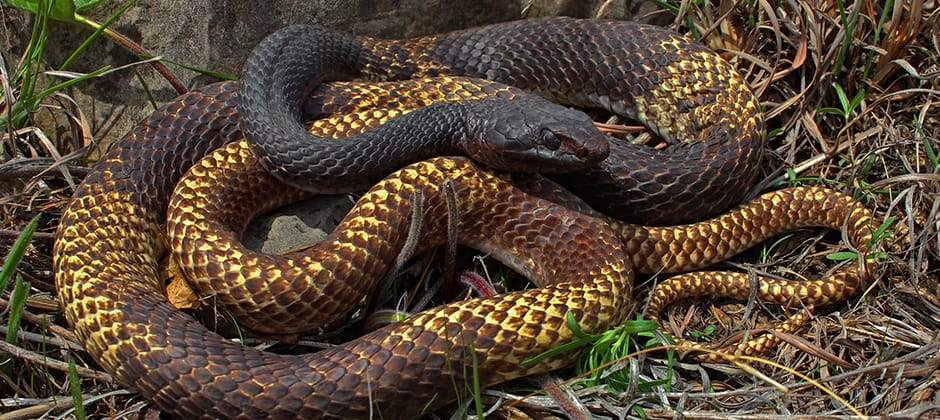
©Cory Adams
Erosion blankets placed by construction companies along roadways in Texas are tangling up snake species, including North American racers (Coluber constrictor), coachwhips (Coluber flagellum) and Texas rat snakes (Pantherophis obsoletus). Researchers ran tests to see what type of material was worse for the reptiles.

©Statens naturoppsyn/Miljødirektoratet
Wildlife managers in Norway took quick action when chronic wasting disease — a prion pathogen mostly affecting North American wildlife — struck reindeer (Rangifer tarandus) in the Scandinavian country. Marksmen outperformed hunters in efforts to eliminate an entire herd of infected animals numbering around 2,000 individuals in 2016.
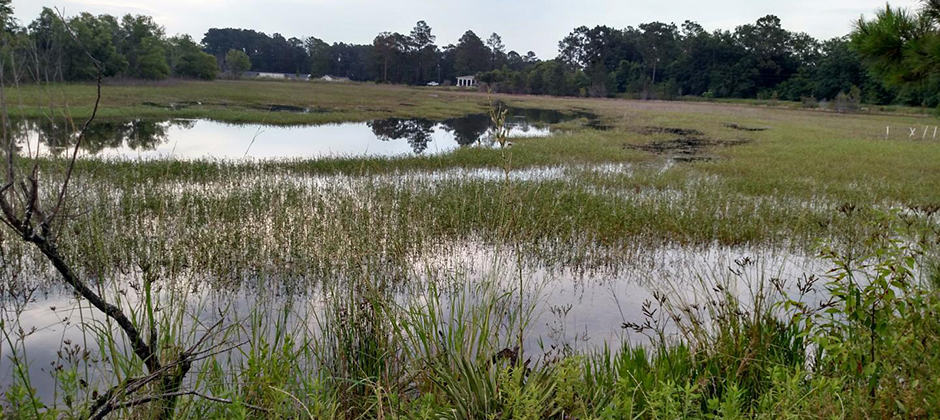
Photo courtesy UTIA
A deadly new ranavirus hybrid made up of genes from European and American strains has the potential to wipe out whole amphibian populations. The disease may already be spreading in parts of Georgia after it was first discovered in a captive breeding farm.
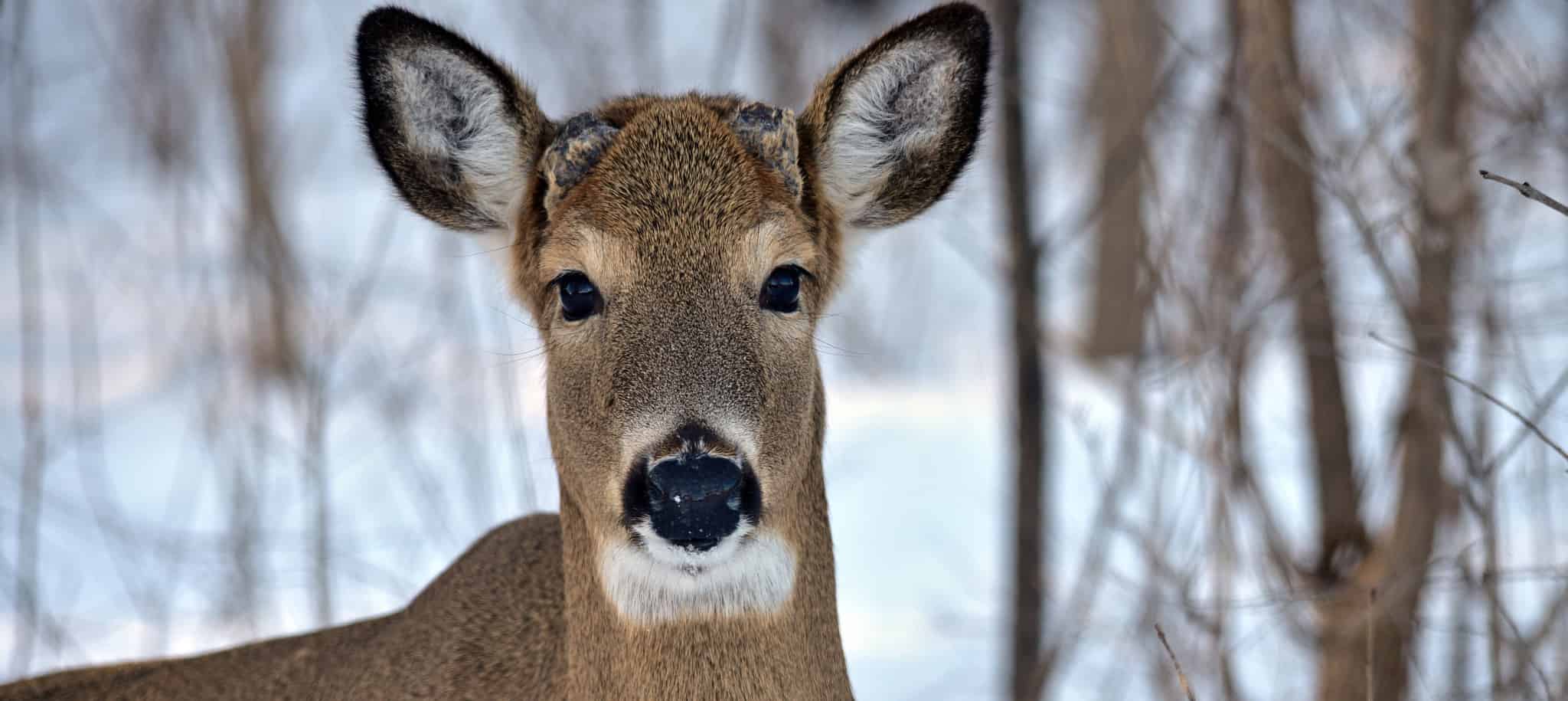
©Courtney Celley/USFWS
A Pennsylvania hunting organization claimed early in 2019 that a cure for the fatal chronic wasting disease was imminent due to work that suggested it wasn’t a prion disease. But scientists are widely skeptical about the theory, which is contrary to decades of research.
Americans increasingly value animal rights, according to a half-century-long study on wildlife management. The research shows that traditional attitudes toward wildlife are losing ground in a changing society.
A large-scale survey among lynx (Lynx canadensis) and bobcat (Lynx rufus) experts revealed that even the people most qualified to tell the difference between the two iconic cat species don’t always agree on identities based on camera trap images.
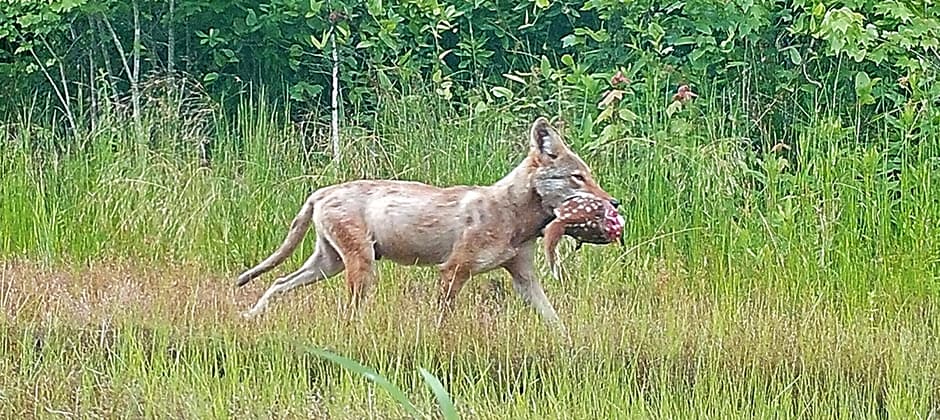
©Dr. Aimee P. Rockhill (Western Carolina University) and Christopher S. DePerno (North Carolina State University)
An expansion of coyotes (Canis latrans) across the eastern United States has done little to impact white-tailed deer (Odocoileus virginianus) numbers. The research shows that limiting coyote populations won’t necessary help bolster deer numbers for hunters.
Header Image: Bobcats, coachwhip snakes, white-tailed deer and gray wolves all appeared in the most popular stories of the year. ©Allie Stewart, USFWS, ©Cory Adams, ©Courtney Celley/USFWS and ©Yellowstone National Park
